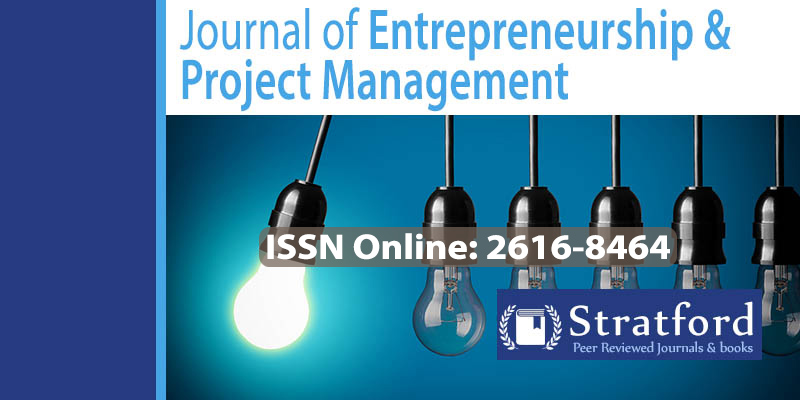Influence of ideal equipment maintenance practice on the reliability of power supply at the Port of Mombasa
Abstract
The purpose of the study was to establish the influence of ideal equipment maintenance practice on the reliability of power supply at the Port of Mombasa. The study adopted a descriptive research design using both quantitative and qualitative approaches. The sample size comprised of 203 respondents with data collected through questionnaires. Findings showed that management of Kenya Ports Authority (KPA) updates the existing power supply equipment regularly. This shows that KPA had initiated the power upgrade to solve the problem of the unreliable power supply at the port. From the results, it is notable that KPA equipment maintenance policy is ISO certified. The port has implemented the Integrated Security System for the port in order to make the port compliant as per the International Ship and Port Facility System (ISPS). Additionally, KPA undertakes both corrective maintenance and preventive maintenance of equipment. Moreover, KPA engineers usually undergo refresher courses on equipment maintenance policy. This is an indicator that KPA is geared towards ideal practices of maintaining of power equipment. This in effect has led to reliable supply of power at the port. Correlation analysis established that ideal equipment maintenance practice had a positive and significantly relationship with reliability of power supply at the Port of Mombasa. The study concluded that ideal equipment maintenance practice has a significant influence on reliability of power supply at the Port of Mombasa. The recommendation was that the management of the Kenya Ports Authority in Mombasa should continuously carry out efficient process on maintenance of newly upgraded equipment at the port to guarantee future reliability of power supply.
Keywords: Ideal equipment maintenance practice, Reliability of power supply
References
Akaranga, S.J. (2014). Factors influencing customer satisfaction with Service provision by Kenya Power Company: a Case of Nairobi County, Kenya. A Master of Arts in Project, the University of Nairobi
Brinckerhoff, P. (2013). Kenya Distribution Master Plan the Kenya Power & Lighting Company Limited; Final Report Volume I.
Burlando, A. (2010). Electricity Power Insecurity and SMEs Growth: A Case Study of the Cold Store Operators in the Asafo Market Area of the Kumasi Metro in Ghana.
Government of Kenya, (2016). Sustainable Energy for All (SE4All) Kenya’s Investment Prospectus. Government of Kenya.
Kerzner H. (2008). In Search of Excellence in Project Management. John Wiley and Sons, Kerzner, H. (2011). Project Management: A Systems Approach to Planning, Scheduling and Controlling. New York, Van Nostrand Reinhold
Oricha J.Y. (2009). Analysis of Interrelated Factors Affecting Efficiency and stability of Power Supply in Developing Countries. IEEE AFRICON 2009, Nairobi, Kenya
Oricha, J.Y. & Olarinoye, G.A. (2012). Analysis of Interrelated Factors Affecting Efficiency and Stability of Power Supply in Nigeria, International Journal of Energy Engineering, 2 (1), 1-8.
Pfeffer, J. & Salancik, G.R. (1978). The External Control of Organizations: A Resource Dependence Perspective. New York, NY, Harper and Row.
Zhu, J. (2014). Optimization of Power System Operation. John Wiley & Son, Inc,


